Tropical Gardening Helpline: Using coffee grounds in gardens
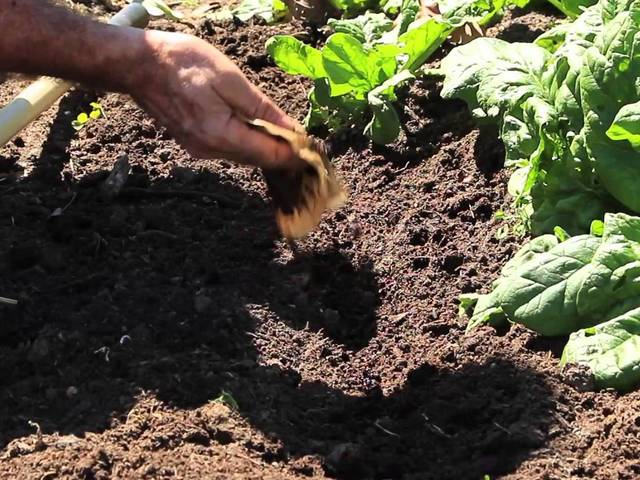
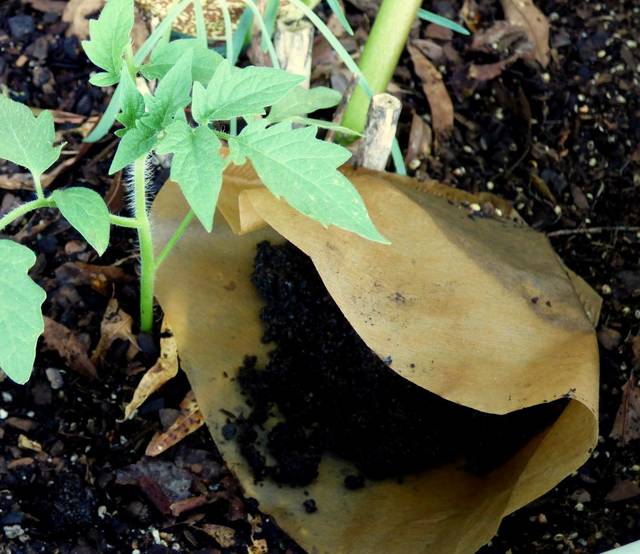
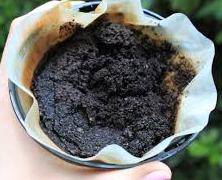
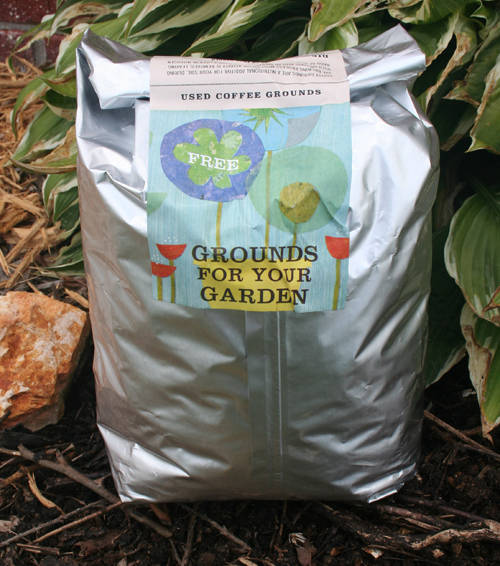
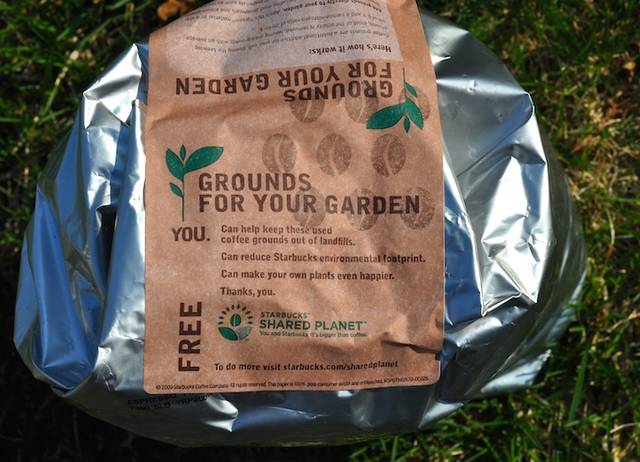
Bruce asks: I have been putting used coffee grounds on my plants and in my compost for years to no ill effect. I recently read an article, however, at https://curiosity.com/topics/whatever-you-do-dont-put-coffee-grounds-in-your-garden-curiosity/ that says they can be harmful to plants. So, are coffee grounds OK to apply to use in my garden or not?
Bruce asks: I have been putting used coffee grounds on my plants and in my compost for years to no ill effect. I recently read an article, however, at https://curiosity.com/topics/whatever-you-do-dont-put-coffee-grounds-in-your-garden-curiosity/ that says they can be harmful to plants. So, are coffee grounds OK to apply to use in my garden or not?
Tropical Gardener answer: I found two different schools of thought around using coffee grounds in the garden. I will cite the reported drawbacks as well as the benefits of using them on your plants. My conclusion is that they should be applied rather sparingly directly to plants and that their best use is mixed with other organic matter in a compost pile.
Used coffee grounds contain some nitrogen which is essential for plant growth. Generally, adding organic material like coffee grounds to the soil has positive results since microbes will break it down into more nutrients that plants can use. If your soil is already high in nitrogen, however, the extra boost from coffee grounds could cause a flush of new growth that may distract from the growth of flowers and fruit.
Some reports say that used coffee grounds are highly acidic and should only be used on acid-loving plants like gardenias, ixoras, hydrangeas or azaleas. Other research shows that the acidity of coffee grounds varies from very acidic to slightly alkaline. One article reports that the high acidity of coffee grounds only applies to unused coffee grounds. It says that though fresh coffee grounds are acidic, used coffee grounds are practically neutral. Rinsing them can render them neutral and they will then not affect the acid level in the soil.
The curiosity.com article advises against using coffee grounds for mulching because the very fine particles of coffee grounds are prone to locking together which can make them into a water resistant barrier. The alternative that they suggest is to mix coffee grounds with other organic matter like compost or leaves to create a mulch of mixed particle size. This seems to be a point on which both sides of the issue can agree.
The “disastrous effect on plants” reported in the curiosity.com article seems to be caused by applying thick blankets of coffee grounds as mulch around plants and over seeds. This effect may be caused because coffee grounds are full of caffeine. Some plants produce caffeine themselves to discourage competitive species. So, too much caffeine in the soil could retard growth in some species.
The Journal of Agricultural and Food Chemistry found that there can be up to 8 milligrams of caffeine per gram of used coffee grounds. This can vary, depending on how long the grounds were steeped in water. At this high level the caffeine could potentially stunt growth in some plants. It would be sensible to avoid spreading coffee grounds around seeds or seedlings as they may inhibit germination and growth.
A 2016 study in the Journal Urban Forestry &Urban Greening reported, “Applying spent coffee grounds directly to urban agriculture soils greatly reduces plant growth.” The study found that this was true even when they composted the coffee grounds with other organic waste. They also reported that compost containing lots of coffee grounds could also harm earthworms.
In an article for the Guardian based on his own informal gardening experiment with coffee grounds, botanist James Wong concluded that the benefit of using coffee grounds in the garden is simply an old wives’ tale.
On the other hand in an online article by Gardening Know How at https://www.gardeningknowhow.com/composting/ingredients/coffee-grounds-gardening.htm, more benefits than drawbacks to using coffee grounds in the garden were reported. They cite that using them as a fertilizer adds organic matter to the soil which can improve water retention as well as drainage and aeration. The coffee grounds can also help microorganisms beneficial to plant growth thrive.
The article goes on to say that coffee grounds alone will not immediately add nitrogen to your soil. They do agree that composting coffee grounds will add nitrogen to your compost pile, however. They also claim that coffee grounds will attract earthworms.
Another article reports that coffee grounds contain some nitrogen as well as potassium, phosphorus and other micronutrients. The quantity and proportions of these nutrients varies, but coffee grounds can be used as a slow-release fertilizer by sprinkling them thinly onto your soil.
Using coffee grounds in your compost is widely accepted to be safe and beneficial. Add them to your compost pile as a nitrogen source. When mixed with carbon sources like shredded newspaper, leaves or wood chips the microbes in your pile will process and mix them effectively. Many vermicomposters say that their worms love coffee grounds, so small quantities could also regularly be added to a worm bin if you have one. Paper coffee filters can go in as well.
Conclusions are difficult with so many differing opinions out there. Since many of us have used coffee grounds and the filter papers in our compost and vermicompost bins successfully, I would advise that you use them if you have them but with an awareness of their downsides. Finally, they seem to be ok as long as you use them selectively and sparingly and most often as a compost pile addition.
Diana Duff is a plant adviser, educator and consultant living in a dryland forest north of Kailua-Kona.
Gardening Events
Friday: “Saving Ohia: Hawaii’s Sacred Tree” at 6:30 p.m. at the Aloha Theatre in Kainaliu. Covering information about the tree and the disease and featuring researchers work on finding solutions to this fungal disease. Call Aloha Theatre at 322-9924 to get updated information on the screening. The film will also be shown on local TV stations over the next few weeks.
Early registration deadline for the 28th Annual Hawaii Tropical Fruit Growers Conference “Bringing It Altogether.” Conference is Sept. 20-23 starting on Oahu, then moving to Kauai, Molokai, Maui, Hilo and Kona. Go to www.hawaiitropicalfruitgrowers.org/pages/registration_2018.htm to register and/or get details. For more information, contact: Ken Love at ken@mycoffee.net or call 323-241.
Saturday: “Work Day at Amy Greenwell Garden” from 9 a.m. to 12:30 p.m. Meet at the Garden Visitor Center across from the Manago Hotel in Captain Cook. Volunteers will be able to help with garden maintenance and are invited to bring a brown bag lunch. Water and snacks provided. Call Peter at 323-3318 for more information.
Farmer Direct Markets
Wednesday: “Hooulu Farmers Market” 9 a.m. to 2 p.m. at Sheraton Kona Resort &Spa at Keauhou Bay
Saturday: “Keauhou Farmers Market” 8 a.m. to noon at Keauhou Shopping Center
“Kamuela Farmer’s Market” from 7 a.m. to noon at Pukalani Stables
“Waimea Town Market” from 7:30 a.m. to noon at the Parker School in central Waimea
“Waimea Homestead Farmers Market” from 7 a.m. to noon at the Waimea Middle and Elementary School Playground
Sunday: “Pure Kona Green Market” 9 a.m. to 2 p.m. at Amy Greenwell Garden in Captain Cook
“Hamakua Harvest” 9 a.m. to 2 p.m. at Highway 19 and Mamane Street in Honokaa
Plant Advice Lines
Anytime: konamg@ctahr.hawaii.edu
Tuesdays and Thursdays: 9 a.m. to noon at UH-CES in Kainaliu – 322-4893
Mondays and Fridays: 9 a.m. to noon at UH CES at Komohana in Hilo 981-5199 or himga@hawaii.edu


